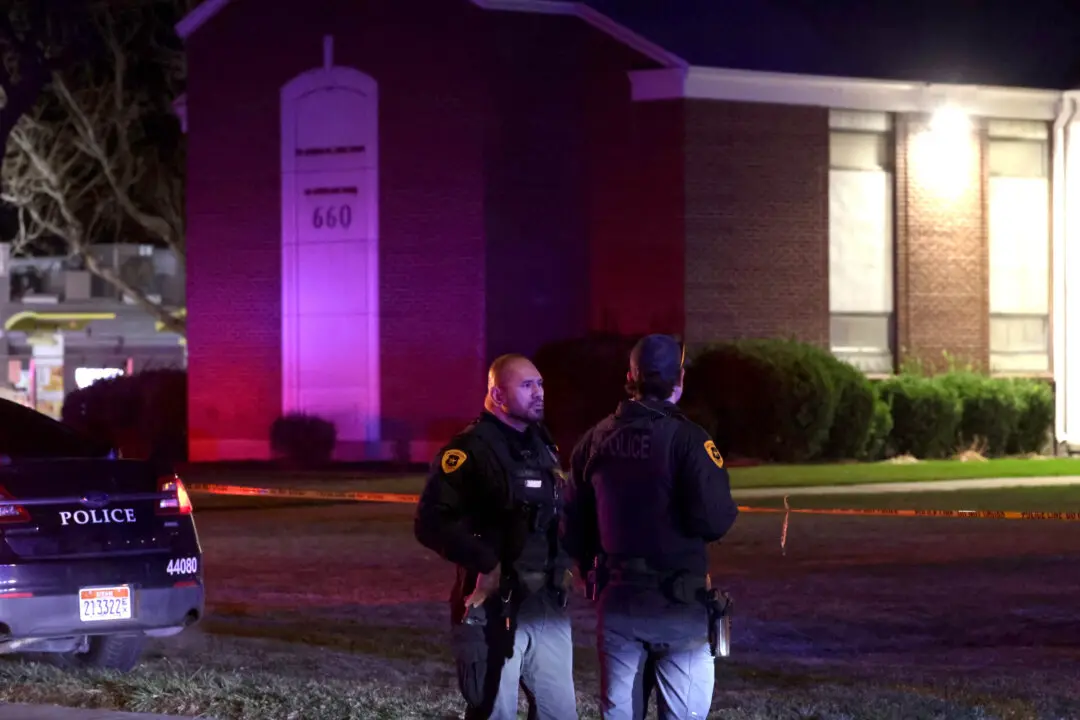MEMPHIS, Tenn.—An arsenal of new technology is being put to the test fighting floods this year as rivers inundate towns and farm fields across the central United States. Drones, supercomputers, and sonar that scans deep underwater are helping to maintain flood control projects and predict just where rivers will roar out of their banks.
Together, these tools are putting detailed information to use in real time, enabling emergency managers and people at risk to make decisions that can save lives and property, said Kristie Franz, associate professor of geological and atmospheric sciences at Iowa State University.





